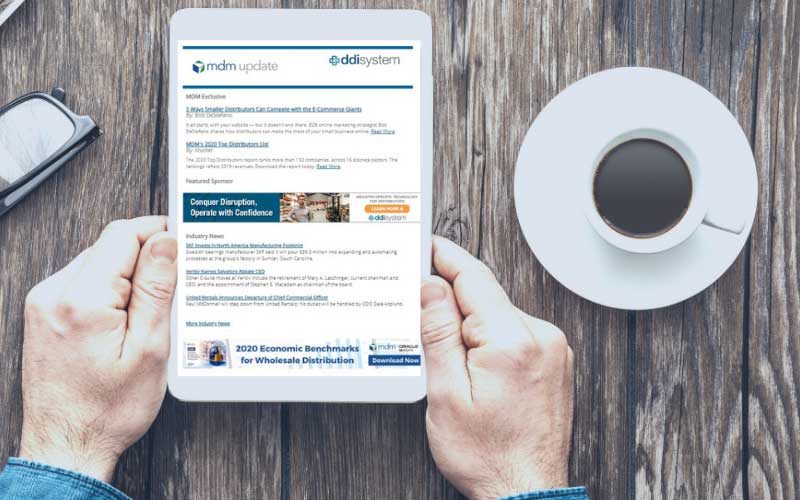Earning a higher financial return than your competitors comes down to two things: price advantage and cost advantage. While distributors struggle to control prices, the landscape is wide open for building a strong competitive advantage by reducing selling costs. Here are four strategic levers successful distributors use to lower sales costs.
Role Specialization
Customers are never going to confess their supply chain problems to a website, just as field sales reps should not spend valuable hours tracking orders and writing quotes. This is why it’s important for distributors to break down existing sales jobs into their component pieces and determine if the right people are doing the right activities.
Role specialization ensures that the most specialized professionals only work on high-value tasks. Nuanced work with the highest return, like developing new business, is assigned to the highest-paid team members like sales reps. Role specialization also places lower-value activities like managing quotes with appropriately trained staff who are positioned to fulfill those tasks quickly. Redesigning for specialization is a process, but it’s the first and most impactful change distributors can make to increase sales efficiency and reduce costs.
Digitize Artisan Processes
Unique imperfections are great for artists handcrafting pottery, but not for sales processes.
Gone are the days of transcribing customer orders from a fax or a phone call. With so many automated tools available, sales labor costs can be greatly reduced by investing in inexpensive digital solutions. Digital sales tools are also more responsive, consistent and reliable.
Separate Market-Making Activities from Market-Serving Activities
Providing excellent service to current customers should not interfere with creating new ones. Keep separate the stream of market-serving activities like managing returns or providing product information. Distributors can pull these more menial tasks out and group them together with an outbound telemarketing group, digital customer service tools, or even creating a hybrid inside/outside team of salespeople.
This frees up more expensive workers like field sales reps for specialized market-making activities like building relationships with potential customers.
Create a Clear Value Proposition
Traditional value propositions are changing. In the past, salespeople have been the value proposition, relying on the “sell myself first” angle. But analyzing the gap between what distributors think they’re selling and what customers are actually buying reveals opportunities to pull customers into a stronger relationship with their distributor, not just their salesperson.
For example, arming salespeople with unique support tools like services or subscriptions can strengthen a customer’s connection to their distributor. This allows salespeople to get out of transactional activities and into helping customers solve problems and creating recurring revenue streams. Salespeople are still critical. But in shifting the value proposition off salespeople’s shoulders, the business itself becomes the draw.
Increasing sales efficiency does not happen overnight; it often involves turnover and learning curves for new systems and digitized processes. But these sales cost-cutting strategies give distributors a roadmap for maximizing profits in a changing market.
After 20 years in distribution management, Mike Marks has focused his consulting practice for even longer on B2B channel-driven markets, with extensive relationships in construction, industrial, OEM and health care. Marks has led projects to improve market access and create growth that benefit manufacturers, dealers and distributors. Reach him at [email protected] or 321-956-8617, or visit ircg.com.
Related Posts
-
How to develop a unique sales transformation plan that is specific to your distribution company’s…
-
After strategy and tactics building comes the critical stage of implementing a sales performance transformation.…
-
Align your online and offline presence, stop putting product first and prioritize user experience, recommends…





